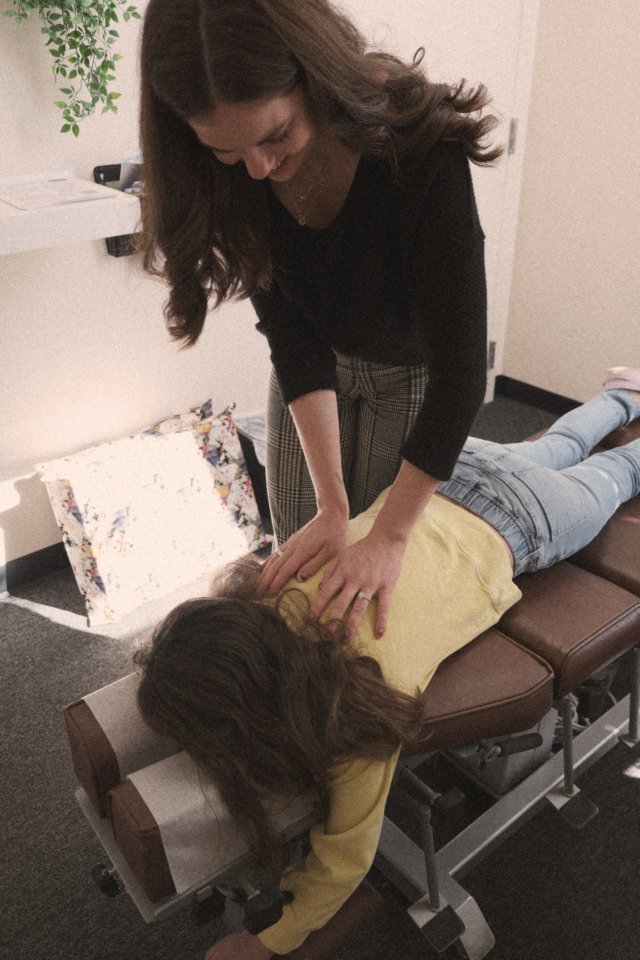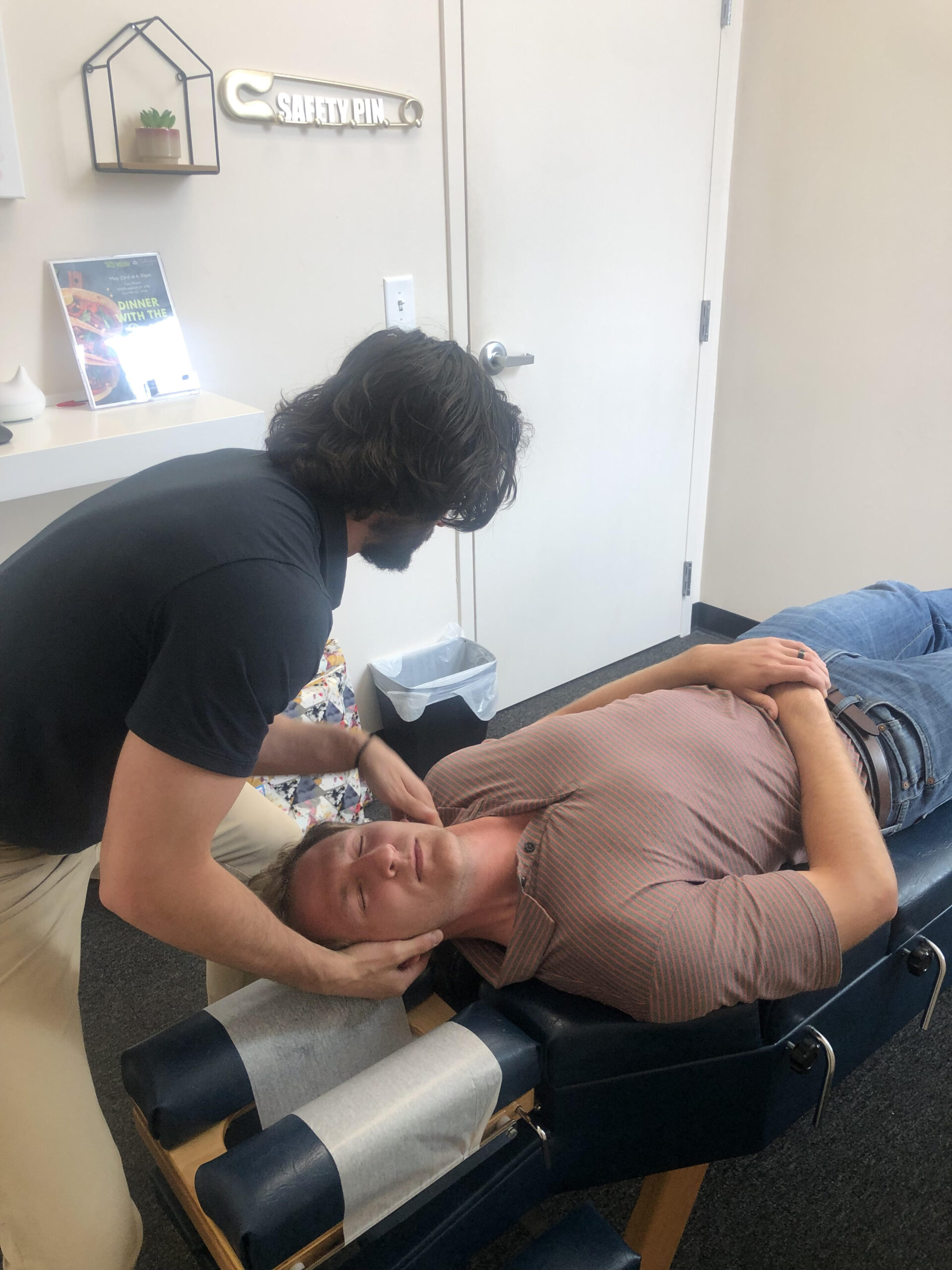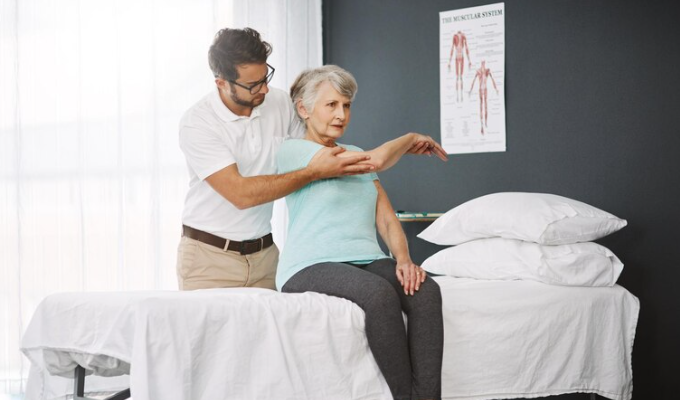Anyone who has ever suffered from back discomfort is aware of the difficulty that can be associated with doing ordinary, day-to-day activities such as working or playing with their children.
The discomfort in the back is common, but it might get progressively worse or longer if not treated properly. If you are experiencing back pain as a result, you should seek assistance as soon as you possibly can.
Causes of Back Pain
Some of the common causes of back pain include:
- Sprain
- Strain
- Herniated Disc
- Slipped Vertebrae
- Spinal Stenosis
Sprain
Sprains are an injury to a ligament, which are tough bands of tissue that link two bones together. Most commonly, sprains occur in the ankle or wrist and can be caused by a fall, twist, or sudden impact.
The Difference of Sprain and Strain
A strain refers to an injury to a muscle or tendon, which are the fibrous tissues that connect muscles to bones. Back strains commonly occur when the muscle or tendon is stretched or pulled beyond its normal range of motion or subjected to excessive force. A sprain, on the other hand, refers to an injury to a ligament, which is the fibrous tissue that joins bones to one another and provides stability to joints. Sprains usually occur when a joint is twisted, bent, or subjected to a force that exceeds its normal range of motion.
How Long Does A Back Sprain Take To Heal?
Sprains of the back can often take a very long time to heal and, in most cases, call for several weeks or even months of rest and recuperation. When it comes to a back sprain, the amount of time it takes to recover entirely might range anywhere from a few days to many months, depending on the severity of the injury.
Treatment
- spinal manipulation
- massage therapy
- ultrasound therapy
- rehabilitative exercises
- stretching
- myofascial release
- trigger point therapy
- dry needling
- chiropractic care
Exercises
There are many different types of exercises that can be used including:
- Core exercises
- Stretching
- Yoga
- Pilates
Strain
Strain is often associated with stress, which can have negative health implications if not managed carefully. In addition to causing physical ailments such as headaches and fatigue, prolonged stress can lead to anxiety and depression.
What Does Back Strain Feel Like?
Back strain is a common result of overexertion. It can cause pain, stiffness, difficulty moving the area affected, and even numbness or tingling sensations. Back strain can also present itself in other ways such as headaches, neck pain, shoulder pain, or general fatigue.
Signs Of A Pulled Back Muscle
- sudden and severe pain in the lower or upper back
- bruising and redness at the location of the injury
- swelling and pain at the injury site
- tingling sensations
- reduced range of motion
Recovery Time
Recovery could take anywhere from one to two weeks for a minor strain to heal, but more serious injuries could take as long as six weeks or longer.
Exercises
Exercises such as moderate yoga postures, pelvic tilts, bridge pose, bird dog pose, cat-cow stretch, and Superman pose can increase flexibility and decrease discomfort.
Herniated Disc
Herniated discs are a common condition caused by an injury, strain, or trauma to the spine. This can ultimately lead to compression of the spinal nerves and/or the spinal cord.
Treatment
- medications
- physical therapy
- chiropractic care
- rehabilitation
- spinal adjustments or manipulations
Symptoms
- pain that radiates from the back to arms, legs, neck, and shoulders
- Numbness and weakness in the affected area
- tingling sensations
- difficulty walking or standing straight
- loss of bladder or bowel control
If you are experiencing any of these symptoms and issues it is important to seek medical attention right away as a herniated disc can become worse if left untreated.
Signs of Herniated Discs
- Pain in the back or neck
- Pain that radiates along the afflicted nerve pathway
- Sensations of numbness or tingling
- Weakness in the muscles
- Alterations in reflexes
- Pain when bending, lifting, or twisting
Related Conditions
Degenerative Disc: Degenerative disc disease (DDD) is a condition that causes the discs in the spinal column to become worn down or weakened due to age-related changes such as wear and tear, stress, and injury.
Symptoms can include discomfort, numbness, tingling, stiffness, and pain in the back or neck. Treatment options may include lifestyle modifications such as exercise or physical therapy, consistent chiropractic adjustments as well as medication or surgery.
Thinning Disc: Thinning discs are also known as “disc desiccation.” In this condition, the discs in the spine become thinner than normal due to age and wear and tear. Symptoms can include pain or numbness in the back, neck, or legs.
Bulging Disc: A bulging disc is a condition in which the discs of the spine become displaced and press on nearby tissues. Symptoms can include pain, numbness, tingling, and/or weakness in the arms or legs.
Slipped Disc: A slipped disc is a condition in which one of the discs in the spine has shifted out of place. Symptoms can include back pain, numbness, tingling, and/or weakness in the arms or legs. Chiropractors may employ manual mobilization techniques to improve joint mobility and reduce stiffness in the spine.
Slipped Vertebrae
Slipped vertebrae, also known as spondylolisthesis, is a condition in which one of the bones in the spine (vertebrae) slides out of its normal position and onto the bone below it. This displacement puts pressure on nerves, leading to pain and other symptoms such as weakness or numbness throughout the body.
Treatment
- chiropractic adjustments or manipulations
- stretching and decompression of the spine
- controlled and concentrated force to the affected area
- gentle massages to relieve pressure on the affected vertebra
Exercises
- Crunches
- Deadlifts
- Planks
- Yoga poses like warrior one and tree pose
Symptoms
- pain in the lower back that radiates into the hips, buttocks, and legs
- numbness or tingling in the legs and arms
- weakness in the muscles of the legs
- decrease in range of motion
Spinal Stenosis
Spinal stenosis is a condition in which the spinal canal narrows, placing pressure on the spinal cord and nerve roots. It can cause pain, numbness, tingling, or weakness in the legs, back, arms, neck, and other areas. In some cases, it can even lead to difficulty walking or standing.
Stages
The progression of spinal stenosis can vary from person to person, but generally, it can be divided into the following stages:
- Preclinical stage: no symptoms, but there could be anatomical changes in the spine
- Early stage: mild symptoms such as occasional back pain or discomfort. They may also notice some weakness or numbness in the legs or arms, depending on the location of the stenosis.
- Moderate stage: frequent pain in the back, buttocks, or legs when walking or standing
- Severe stage: the symptoms impact your daily life. Chronic pain and discomfort in the back, legs, and buttocks may be present, even when at rest. Walking or standing for short periods can cause severe pain, and individuals may have difficulty with mobility.
Causes
- age-related wear and tear on the spine
- traumatic injuries or certain health conditions
- spinal tumors
- thickened ligaments
- congenital abnormalities
Recovery Time
Recovering from spinal stenosis can take a few weeks or even up to several months depending on how well you follow the instructions given to you by your doctor. In more severe cases that involve surgically addressing problems within the spine, recovery times are typically longer – usually about two weeks if it’s just a minimally invasive procedure and four to six weeks if it involves more extensive surgery.
Exercises
- Walking
- Swimming
- Stretching
- Core strengthening
Symptoms
- radiating pain to the back, buttocks, and legs
- weakness or numbness in the limbs
- difficulty walking or standing for long periods
- balance problems
- clumsiness
- fatigue
Treatment: How to Relieve Back Pain
What To Expect
- Chiropractors will assess your medical history.
- Physical examination will be performed, including assessment of posture, range of motion, and spinal alignment.
- Diagnostic tests may be requested if necessary, such as X-rays or MRI scans
- An individualized treatment plan will be developed.
- Chiropractic adjustments, or spinal manipulation, will be utilized to improve spinal alignment, restore mobility, and alleviate pain.
- Other therapies may be incorporated, such as soft tissue manipulation, therapeutic exercises, stretches, or postural advice.
- Education and self-care guidance will be provided.
- Follow-up sessions may be recommended to monitor progress, make further adjustments, and ensure response to treatment.

Chiropractic Techniques
- Diversified Technique: It is a hands-on, manual approach that aims to restore proper alignment, improve joint mobility, and alleviate pain and dysfunction in the spine and other joints of the body.
- Spinal Manipulation: also known as spinal adjustment, it is a common technique used in chiropractic care. It involves applying controlled force to specific joints in the spine with the aim of improving spinal alignment, mobility, and function.
- Thompson Drop Table: is a chiropractic method used to perform spinal adjustments. It involves the use of a specialized chiropractic table equipped with segmented sections that can be momentarily dropped or lowered during the adjustment process.
- The Gonstead Technique: is a specific chiropractic method that focuses on assessing and adjusting the spine to restore proper alignment and function.
- The Activator: utilizes a handheld instrument called the Activator Adjusting Instrument to perform adjustments on the spine and other joints of the body. It is a gentle, low-force technique that aims to restore proper alignment and function.
- Flexion Distraction: is a chiropractic method primarily used for the treatment of spinal conditions, particularly those affecting the lower back. It involves the use of a specialized chiropractic table that gently stretches and mobilizes the spine to alleviate pain and improve spinal function.
- Spinal Decompression: is a chiropractic technique that aims to relieve pressure on the spinal discs and promote the healing of certain spinal conditions. It involves gentle stretching and traction of the spine to create a negative pressure within the discs, which can help alleviate pain and improve spinal function.
Subluxation
What is Subluxation?
Subluxation is a condition that can affect a number of the body’s joints, including the spine, the shoulder, the knee, and even the finger joints. In most cases, it results in pain, swelling, and a restricted range of motion, but it is distinct from a complete dislocation, which occurs when the surfaces of the joint no longer make any contact with one another.
Causes
- Trauma or Injury
- Congenital Factors
- Connective Tissue Disorders
- Repetitive Stress
- Muscle Imbalances
- Degenerative Conditions
Symptoms
Common symptoms associated with subluxation include: for you to see and be aware of:
- Pain
- Swelling
- Limited range of motion
- Instability
- Muscle spasms
- Numbness or tingling
- Weakness
- Audible or palpable click
Treatment
- Spinal Adjustment
- Mobilization
- Spinal Decompression
- Soft Tissue Therapy
Exercises
Here are some general exercises that can help strengthen the muscles around the affected joint and improve stability:
- Range of motion exercises
- Strengthening exercises
- Postural exercises
- Proprioception and balance exercises
- Stretching exercises
Types of Back Pain
Acute Back Pain
Acute back pain refers to a sudden onset of pain or discomfort in the back that typically lasts for a relatively short period, usually less than three months. It is a common condition that can affect people of all ages and is often caused by strained muscles, ligaments, or other soft tissues in the back.
The symptoms of acute back pain can vary but commonly include localized pain, stiffness, limited range of motion, and muscle spasms. In most cases, acute back pain resolves on its own within a few weeks or months with appropriate self-care measures such as rest, gentle stretching, hot or cold therapy, over-the-counter pain relievers, and maintaining good posture.
Sub-Acute Back Pain
Subacute back pain refers to a type of back pain that lasts for a duration longer than acute back pain but shorter than chronic back pain. It is generally characterized by pain and discomfort that persists for a period of 6 weeks to 3 months.
The term “subacute” is used to describe the intermediate phase between the initial onset of acute pain and the more long-lasting chronic pain.
Chronic Back Pain
Chronic back pain is a condition characterized by persistent or recurring pain in the back that lasts for more than 12 weeks, despite appropriate treatment or healing time for an initial injury. It is a common health issue that can significantly affect a person’s quality of life and daily functioning.
There are various potential causes of chronic back pain, including:
- Muscle or ligament strain
- Herniated or bulging discs
- Spinal stenosis
- Arthritis
- Structural abnormalities
- Poor posture and ergonomics
- Emotional factors
Corrective Exercises
Here are some commonly recommended corrective exercises for back pain:
- Pelvic tilts: Lie on your back with both your knees bent and both feet flat on the floor. Gently tilt your pelvis upward, flattening your lower back against the floor, and then tilt your pelvis downward, arching your lower back slightly. Repeat this movement for several repetitions, aiming for a comfortable range of motion.
- Cat-Camel stretch: Begin on your hands and knees, with both hands aligned under your shoulders and your knees under your hips. Slowly arch your back upward like a cat, tucking your chin to your chest, and then lower your belly toward the floor, lifting your head and tailbone upward like a camel. Repeat this sequence in a smooth, flowing motion.
- Bird Dog exercise: Start on your hands and knees in a tabletop position. Extend your right arm forward while simultaneously extending your left leg backward, keeping them parallel to the floor. Hold for a few seconds, then return to the starting position. Repeat on the opposite side. Focus on maintaining stability and avoiding excessive arching or rounding of the back.
- Bridge exercise: In order for you to feel and gain the results of this exercise you must lie on your back with both knees bent and both feet firmly flat on the floor. Slowly raise your hips off the ground, creating a straight line from your knees to your shoulders. Hold this position for a few seconds, then lower your hips back down. Make sure to engage your glutes and avoid overarching your back.
- Modified Cobra stretch: Lie on your stomach with your hands placed next to your shoulders. Slowly raise your upper body off the ground, keeping your hips and lower body relaxed. Avoid pushing up with your arms, and concentrate on using your back muscles to lift your chest. Hold for a few seconds, then lower yourself back down.
If you experience any discomfort or worsening of symptoms, it’s best to stop the exercise and seek professional guidance. Call us at Collective Chiropractic for expert back pain care!



